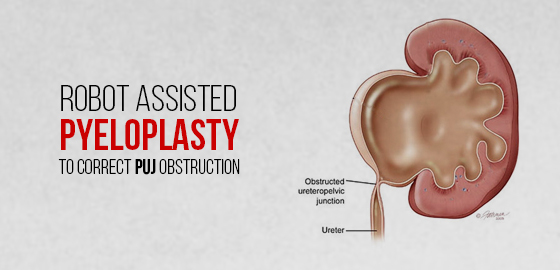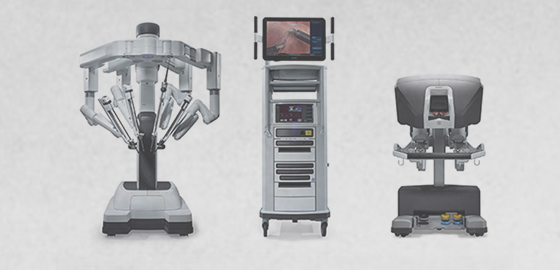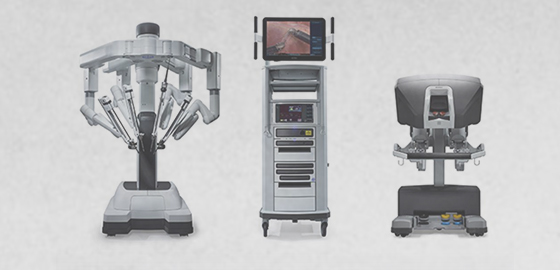

A Pyeloplasty is an operation done to correct PUJ obstruction, where in the tube that connects the kidney to bladder (ureter) is narrowed at its junction with the kidney and doesn? allow the kidney to drain properly and hence, affects its function.
The operation can be done either by conventional Open method or by Key hole surgery, with or without the help of Robot.
Open Pyeloplasty is whereby a surgeon uses an incision of approximately 12-18cm in length to carry out reconstruction of your kidneys drainage system to improve kidney function.
This is a technique whereby a robotic console is placed beside you. Attached to the console are 3 robotic arms; two for instrument attachments and the other arm for a high magnification 3D camera to allow the surgeon to see within you abdomen (tummy). The two robotic arms have the ability to hold various instruments attached to them to allow the surgeon to carry out your operation. The instruments are approximately 7mm in width.
The instruments have a greater range of movement than a human hand does; and because of their size and the ability to view the operation in 3 dimensions; this allows the surgeon to carry out surgery in a small space.
Previous surgeons made larger incisions to be able to perform most operations. With robotic surgery the instruments are placed onto the robotic arms through small port holes into your abdomen; the surgeon sits in the same room but away from the patient and along with a bedside surgeon next to the patient, is able to carry out more controlled and precise movements using robotic assistance.
Advantages :
As in any surgery there are a few risks of which the common ones are:
No, the surgeon does the operation. The robot is an instrument that allows the surgeon to operate in small spaces in the body. It essentially makes the surgeon's hands two seven-millimeter instruments. The robot is controlled by the surgeon and does not work on its own.
Since the surgery is done through a small incision, most patients experience much less post procedure pain then with open surgery. Patients tend to need much less pain medication. After one week, most are feeling no pain at all. Also, there is a decreased risk of post-operative hernias.
Light walking is encouraged right after the procedure. After 2 weeks, jogging and aerobic exercise is permitted. After four weeks, heavy lifting can resume.
Yes, the stitches in your tummy are dissolvable; we just asked that you rinse thoroughly the soap from your body as this may irritate the wounds and that you pat yourself completely dry.
When you are comfortable to do so and when able to make an emergency stop.
